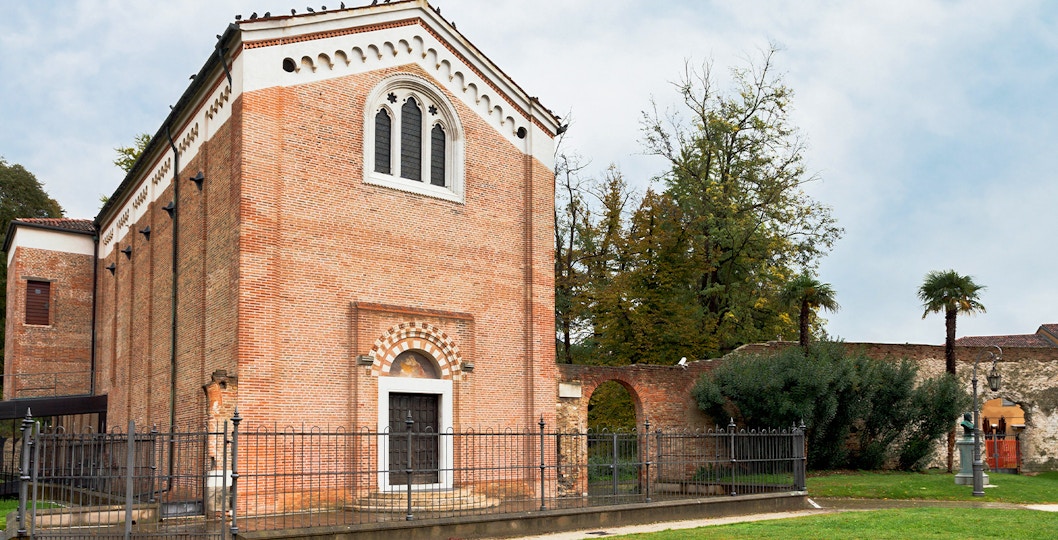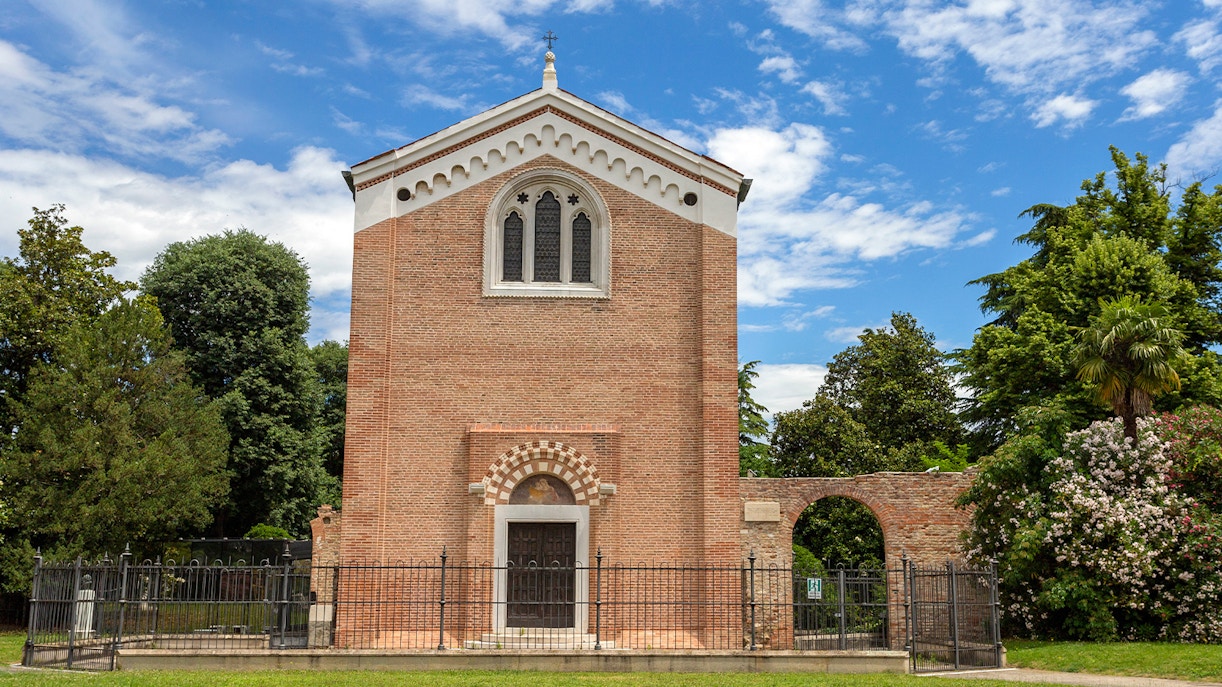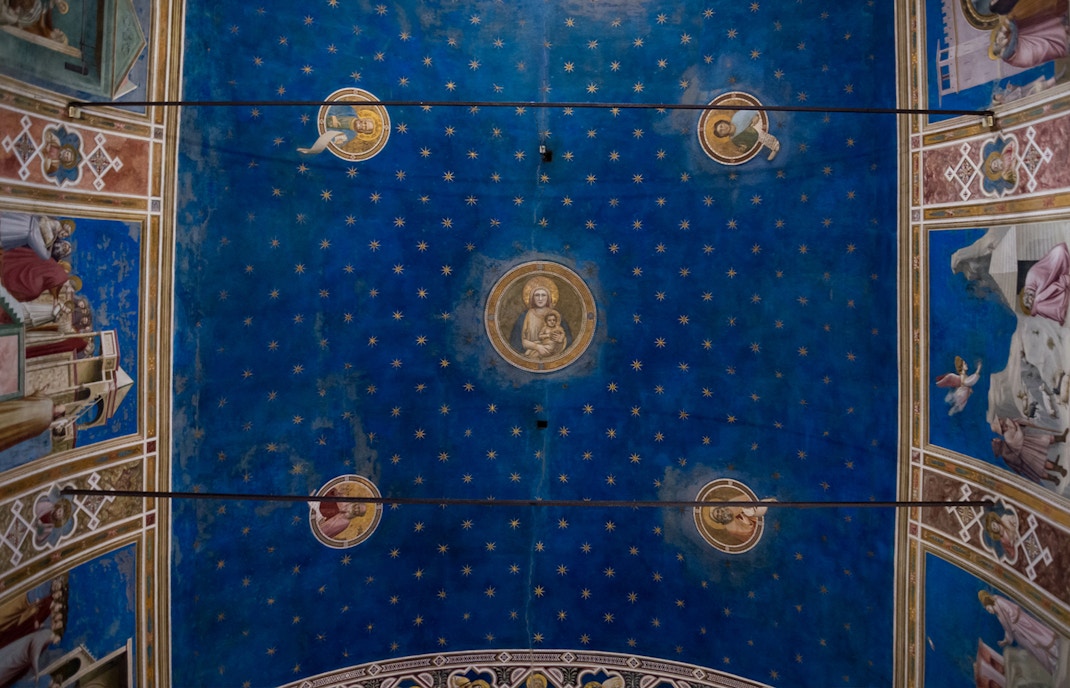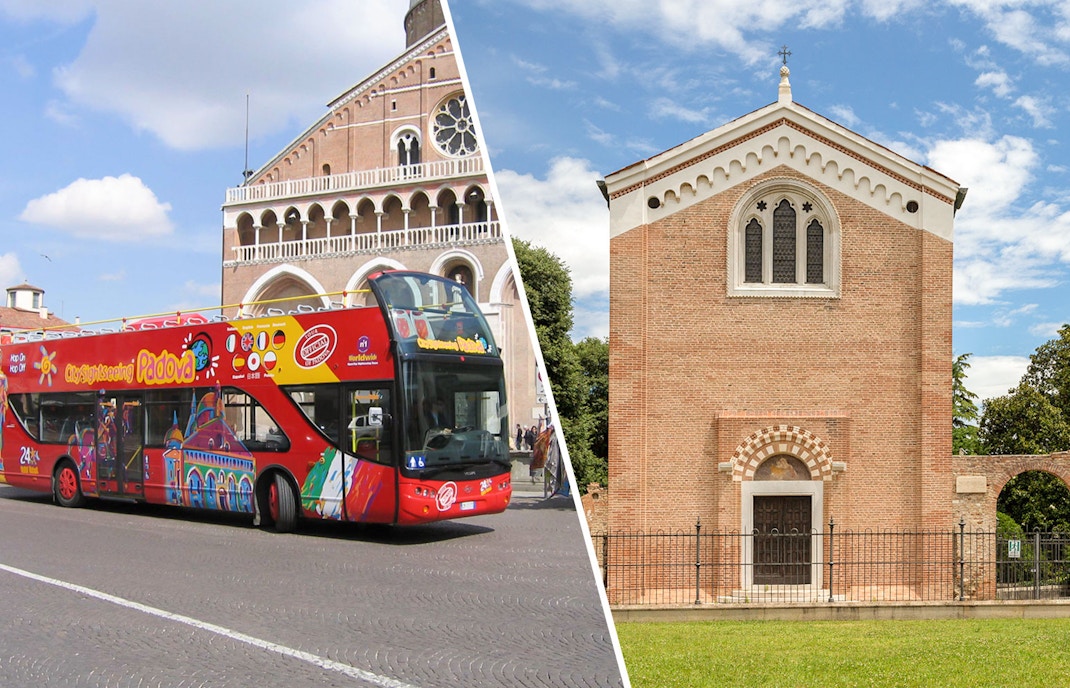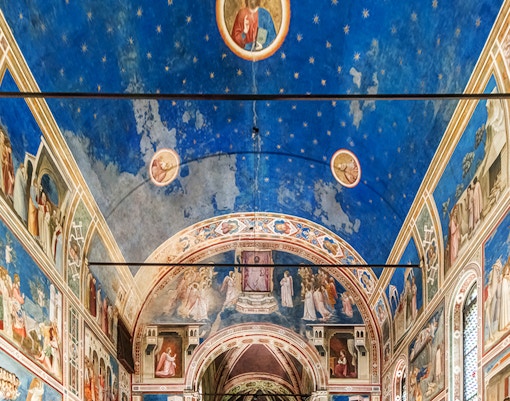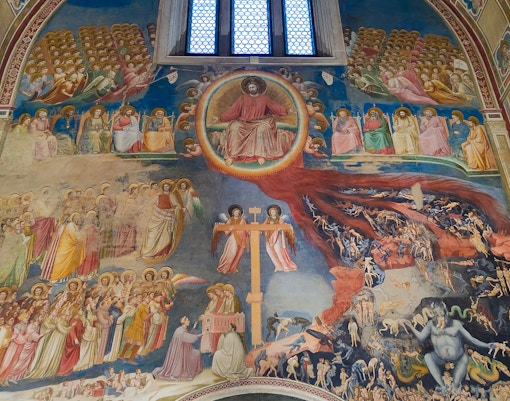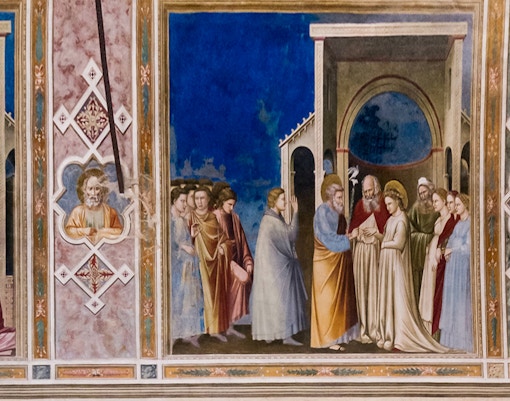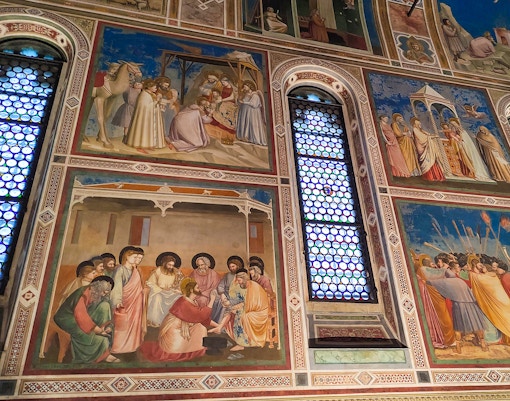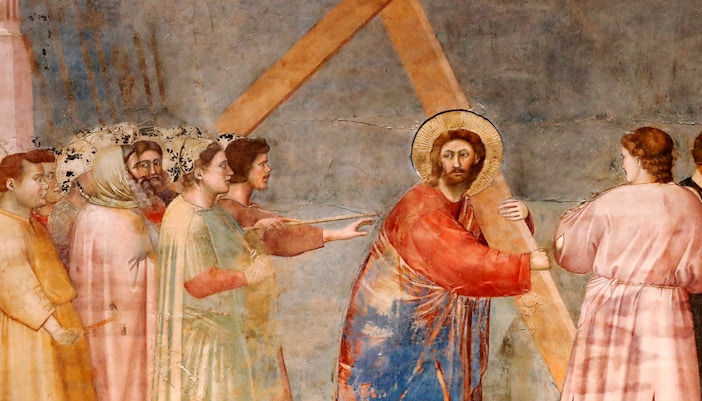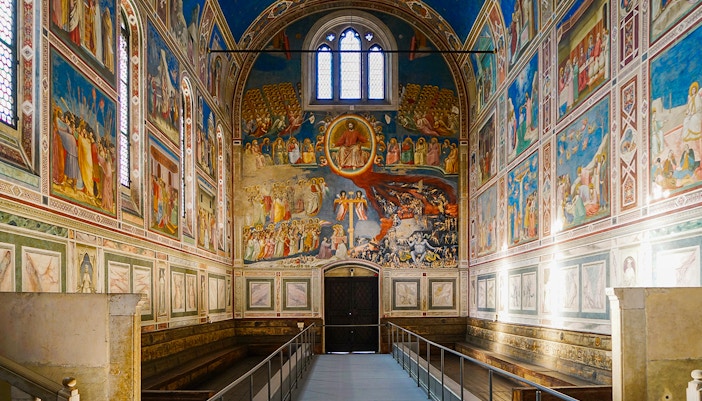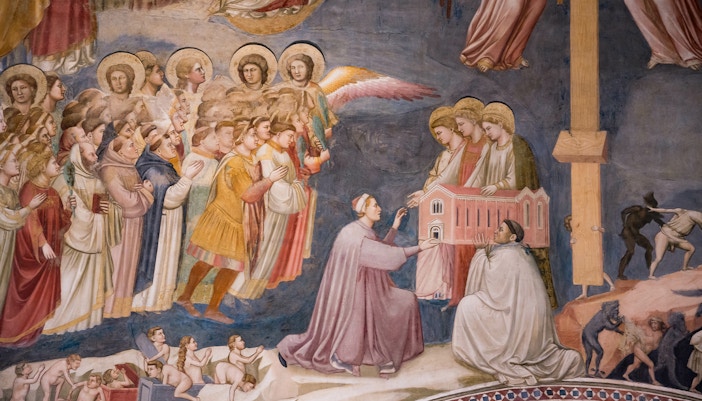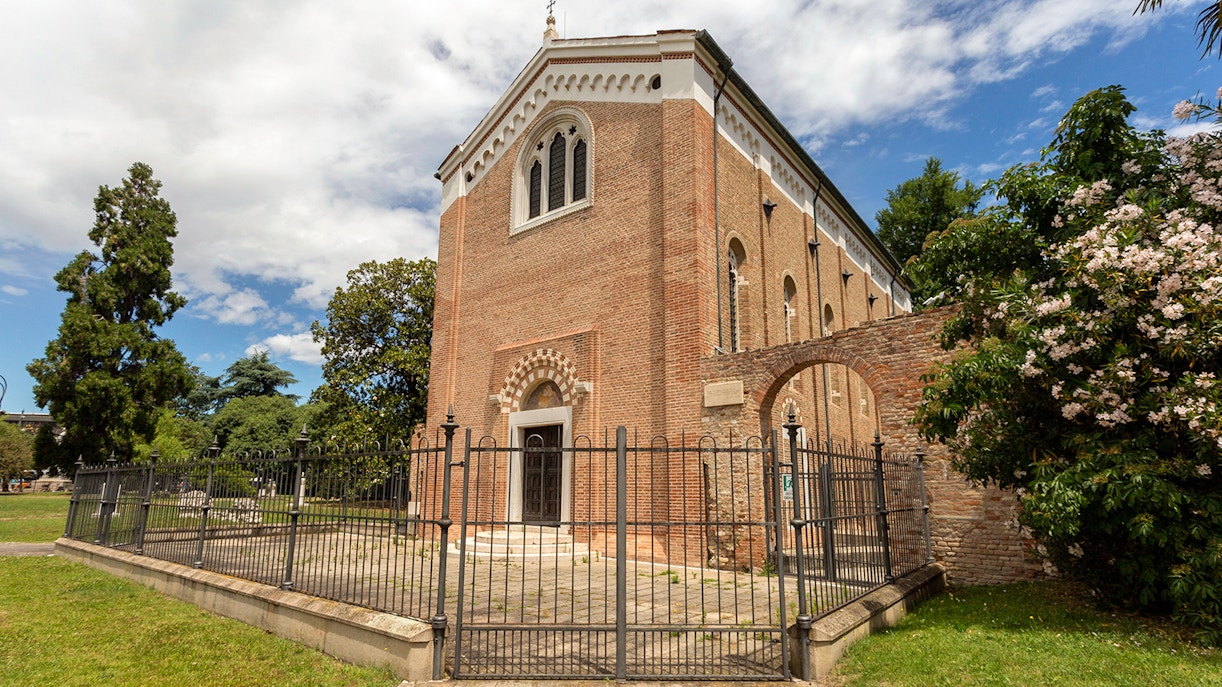- Interesting history: The chapel was commissioned by Enrico Scrovegni to atone for his father, a villainous moneylender who charged exorbitant amounts of interest (a practice known as usury). Since usury was frowned upon by the Catholic church, Scrovegni used the Church itself as a means to repent for his father's misdeeds.
- Giotto the gamechanger: Giotto innovated the use of perspective, depth and naturalism in figures & faces. This set the groundwork for the transition from Medieval art styles to the Renaissance.
- A storytelling masterpiece: The frescoes form a comprehensive visual narrative of the life of Christ and the Virgin Mary, along with scenes from the lives of Saints Joachim and Anne (Mother Mary's parents). This visual storytelling spans from the Annunciation to the Last Judgment, capturing pivotal moments in Christian theology.
- Theological importance: The chapel teaches Christian doctrine and morality through its art. The scenes of moral virtues and vices serve as an instructive tool to lead an upright life.
Book Scrovegni Chapel tickets
Headout is a brand trusted by millions of guests worldwide offering curated experiences to enjoy this attraction.
